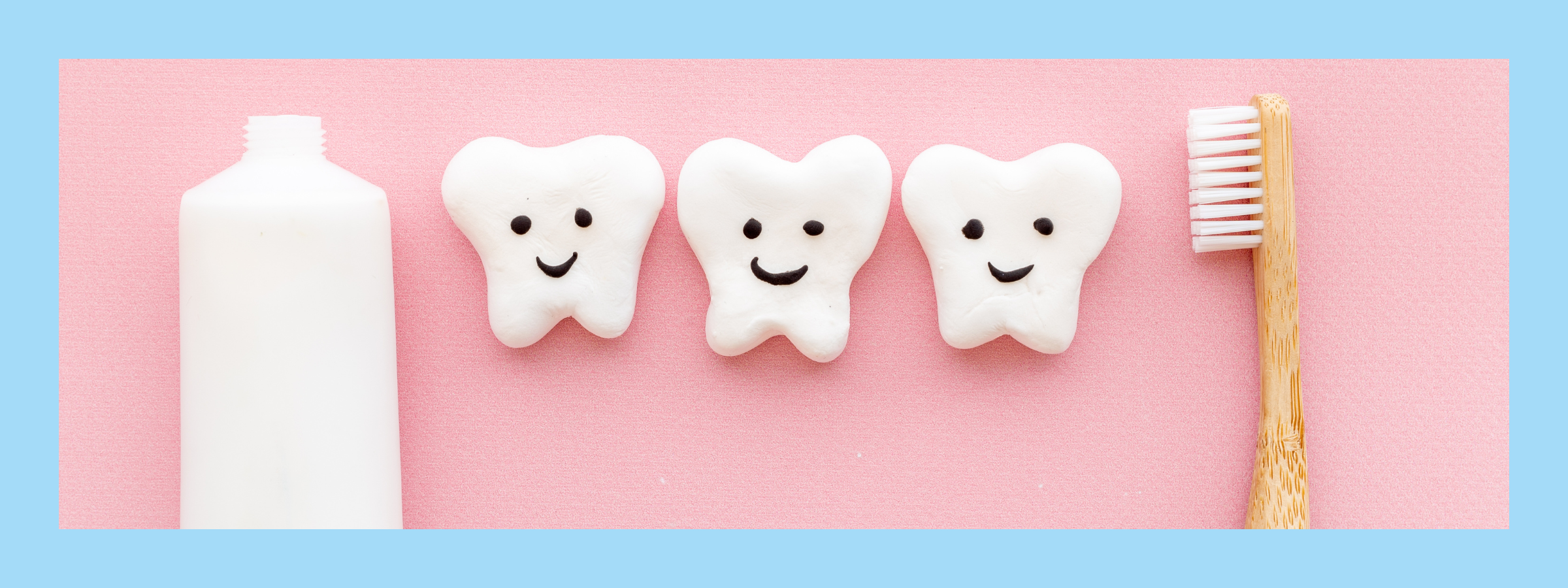
Oral mucositis treatment & symptoms
What is Mucositis in cancer treatment?
This condition occurs when cancer treatment destroys the rapidly dividing epithelial cells lining the gastro-intestinal tract (which runs from the mouth to the abdomen), leaving the mucosal tissue susceptible to ulceration and infection.
As a highly sensitive part of the body, the Oral mucosa is particularly sensitive to chemotherapy and radiation treatments. Mucositis occurs most frequently in the oral cavity. It may also occur in individuals whose immune systems have been weakened by noncancerous conditions.
It is estimated that 40 percent of those receiving chemo develop mucositis and that up to 100 percent of those receiving neck and head cancer treatment develop the condition. In order to recognise when you need to treat and manage mucositis, you need to be familiar with how it develops, its symptoms, and its potential health hazards.
Mucositis symptoms
- Red, shiny, or swollen mouth and gums
- Blood in the mouth
- Sores in the mouth or gums, tongue.
- Soreness or pain in the mouth or throat.
- Difficulty swallowing or talking.
- Dryness, mild burning, or pain when eating.
- Soft, white patches or pus in the mouth or tongue.
- Increased mucus or thicker saliva.
How long does mucositis last
As long as there is no infection, mucositis heals on its own. The healing process can take up to two to four weeks with chemotherapy - or up to eight weeks with radiation. In the meantime, there are some measures you can take to minimise this side effect.
Treatment for oral mucositis
1. The first and most important step is to see a dentist before beginning treatment. This will make sure your oral health is good, reducing the risk of any infections developing.
2. Stay hydrated by increasing your fluid intake, especially by drinking more water. Decaffeinated warm tea can be a comforting drink but avoid caffeinated beverages and alcohol.
3. Adding saltwater rinses to your daily oral care routine can help prevent or reduce mucositis' severity.
Soft foods for a sore mouth
1. If you are struggling with food try soft, moist foods, or add gravy or sauces to meals. It also helps to let meals cool down before eating, as hot foods can irritate the mouth.
2. Try eating the following examples: Soup, jelly, yoghurt, sandwiches, pasta, baked potatoes, mashed potato.
3. Seedless, high-water fruits are recommended, and pureeing foods such as vegetables and fruits can make them easier to eat.
4. Foods slathered in olive or canola oil can also help you consume small bites by providing some slipperiness.
5. Sucking on ice cubes immediately before and after each treatment session may protect your tissues. For some flavour, try frozen fruit.
What makes mouth sores worse?
1. Do not use lemon or glycerin swabs or toothbrushes without soft bristles.
2. Limit the use of dental floss.
3. Strong flavoured commercial mouthwashes and ones with alcohol.
4. Spicy and hot foods.
Check out 'How to Cope with Dry Mouth' for more help and tips.











Leave a comment
This site is protected by hCaptcha and the hCaptcha Privacy Policy and Terms of Service apply.